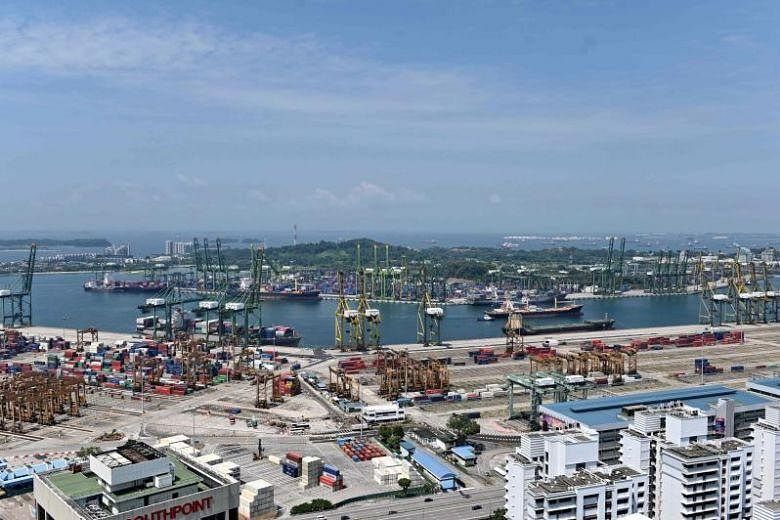The recent announcement of redevelopment around the Pasir Panjang area is an exciting one. Apart from housing, there are many other options to redevelop this area.
First, there is the Pasir Panjang Power Station, a very large building with a cavernous interior. How about using it as a film studio?
Film-making is a high-yield industry with little pollution, and we are already making significant contributions to the field of computer animation.
It may be time to offer Singapore as an alternative to the renowned Pinewood Studios in Britain. We can be the link to Asia and offer indoor as well as outdoor scenic shots.
Second, moving the ports to the Tuas area should be a concerted effort. The smoke stacks adjacent to the port at Pulau Bukom should also be moved to make the environment truly suitable for a sporting, healthy lifestyle.
How about retaining the deep water facilities at the Pasir Panjang Port to be used as a marina? Then build a world-class arena for competitive watersport?
Third, as we move towards longer employment and a greater focus on re-education and acquiring new skills, this area can also be a centre for arts, education as well as the proposed recreation facilities. So instead, why not build a new tertiary education centre in the middle of the Greater Southern Waterfront? Perhaps one which focuses more on film-making and related skills, or one that teaches culinary and hospitality skills.
Finally, we must consider the implication of grouping 9,000 new housing units into a rather compact space in the Keppel area.
This has many downstream effects on congestion, and the entire area around it could face severe demands on the infrastructure.
We should learn from the negative effects of building multiple condominiums in the Telok Kurau area, which resulted in massive jams, and our experience in Punggol, where the construction of infrastructure like markets and malls did not keep pace with the influx of new residents.
Having a diversified use of the land will give us more vibrancy and variety, and help put us in an even more positive light internationally.
Peter Loon

